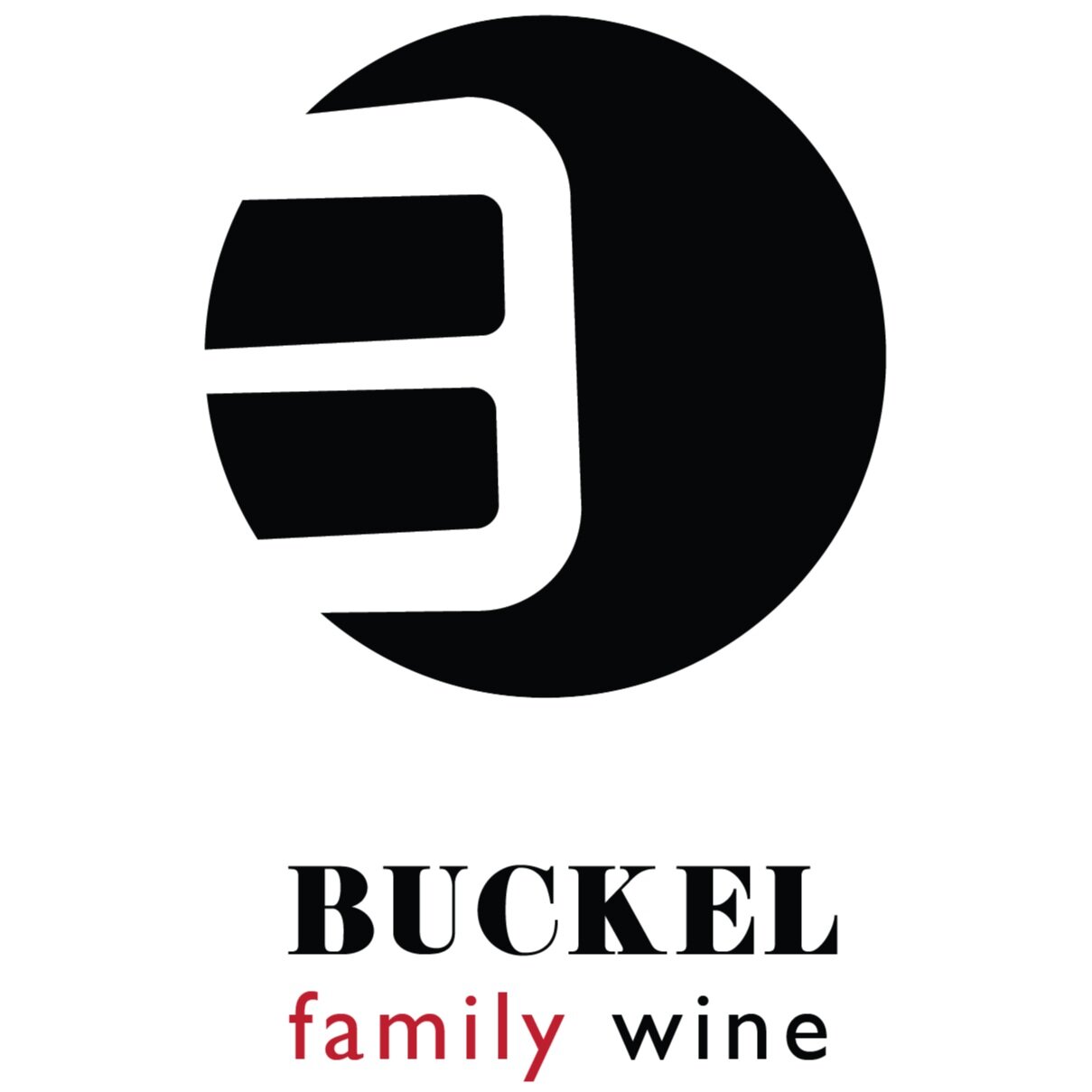How Wine Gets Its Color
Here we share insider knowledge on how wine is made. The intricacies of blending science and art to build craft wines that are true expression of the terroir and grape varietal. We understand from drinking wine that there is significant differences between a Cabernet Franc and Pinot Noir, just as there are differences between a red delicious and a pink lady apple.
Once the grapes are harvested and tossed into the wine making process, decisions about the final product begin to be considered. Color is one aspect that a winemaker can control, through grape choice as well as a technique called maceration. By definition, maceration refers to the contact between juice and berry skins. During the fermentation process of Red Wines, winemakers can choose to shorten or lengthen the period in which the grape skins are left to sit with the grape juice. This maceration period will impact the final color of the wine.
The juice that is in contact with the skins extracts Polyphenols. The skins of grapes contain these Polyphenols, which create the color and tannins in wine. The more time the fermenting juice has contact with the skins the more color a red wine will gain, this contact time will add more tannins (structure) to the wine. Maceration is typically done during the Alcoholic Fermentation.
There are a couple of techniques used during maceration that help extract Polyphenols. One technique winemakers use is called a Cold Soak. This style of maceration is executed previous to the Alcoholic Fermentation and usually at colder temperatures to slow the start of Alcoholic Fermentation. From my experience, the Cold Soak enhances the color of a wine with out too much tannin extraction. This limits bitterness in the wine.
Another method used by winemakers is called Extended Maceration. This maceration happens after alcoholic fermentation. In this style, the finished wine can stay on the skins and seeds for up to 2 months. This approach increases in tannins(bitterness), which ultimately sets up the wine for extended aging. Sometimes this process also causes the wine to be lighter in color. Extended Maceration is typically executed in aged red wines. These red wines that are built to drink better with age, say 15+ years.
Maceration techniques have become more popular with white wines, which allows white wines to become more tannic.Pellentesque iaculis leo blandit erat tincidunt suscipit non eget risus. Cras volutpat, nibh id ullamcorper aliquet, arcu est elementum magna, sed venenatis orci nulla eget dui. Vestibulum ante ipsum primis in faucibus orci luctus et ultrices posuere cubilia Curae; Quisque at justo urna. Sed eu turpis vulputate turpis sagittis volutpat. Nam sollicitudin molestie diam, a accumsan arcu blandit nec. Phasellus in risus non mi commodo pellentesque. Mauris vel dolor libero. Morbi sodales ac purus sed dapibus. Nunc faucibus volutpat hendrerit. Ut sed mi sit amet mauris pulvinar dapibus. In hac habitasse platea dictumst. Proin ex ante, imperdiet a mauris in, blandit bibendum diam.


